| Between conducting research, attending events, and teaching an online class, my schedule in Sri Lanka has been pretty packed. But I knew that if I wanted to see the country and not just the inside of coffee shops in Colombo I would have to get out and leave my laptop behind. Given that my time here was drawing to a close, I decided to embark on a trip around what is commonly referred to as Sri Lanka's cultural triangle, an interior portion of the country with great historical significance, ancient ruins of political and religious import, and quintessentially Sri Lankan excursions. The plan I hatched would take me in clockwise fashion from Colombo to Anuradhapura to Polonnaruwa to Sigiriya and Dambulla to Kandy to Ella and back to Colombo. |
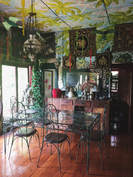 Interior of Helga's Folly.
Interior of Helga's Folly. 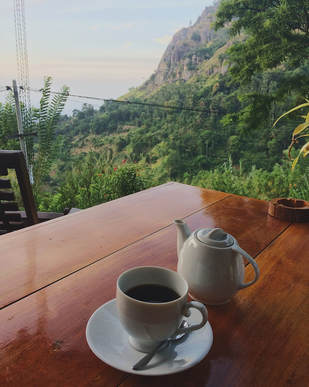 Morning brew with a view.
Morning brew with a view. 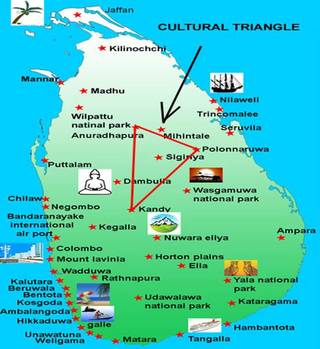
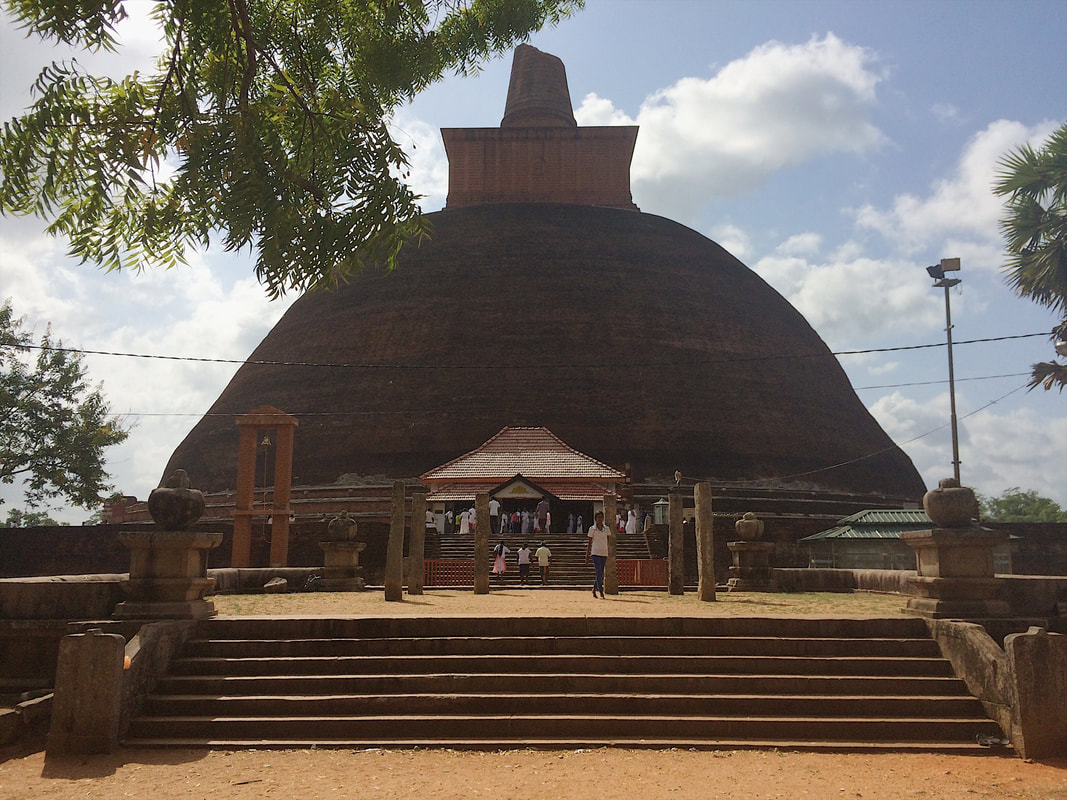
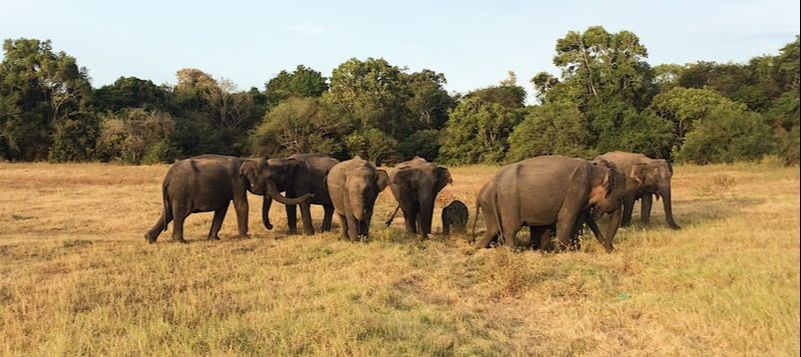
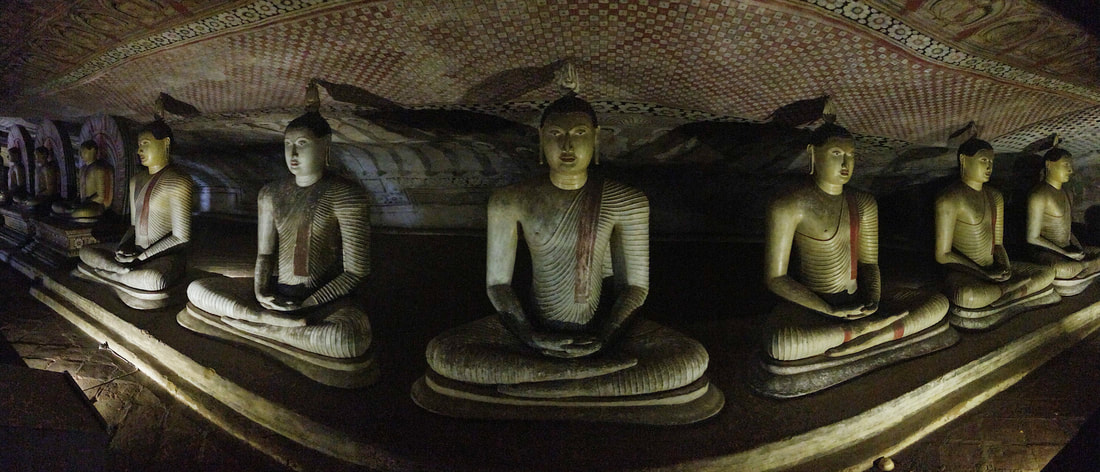
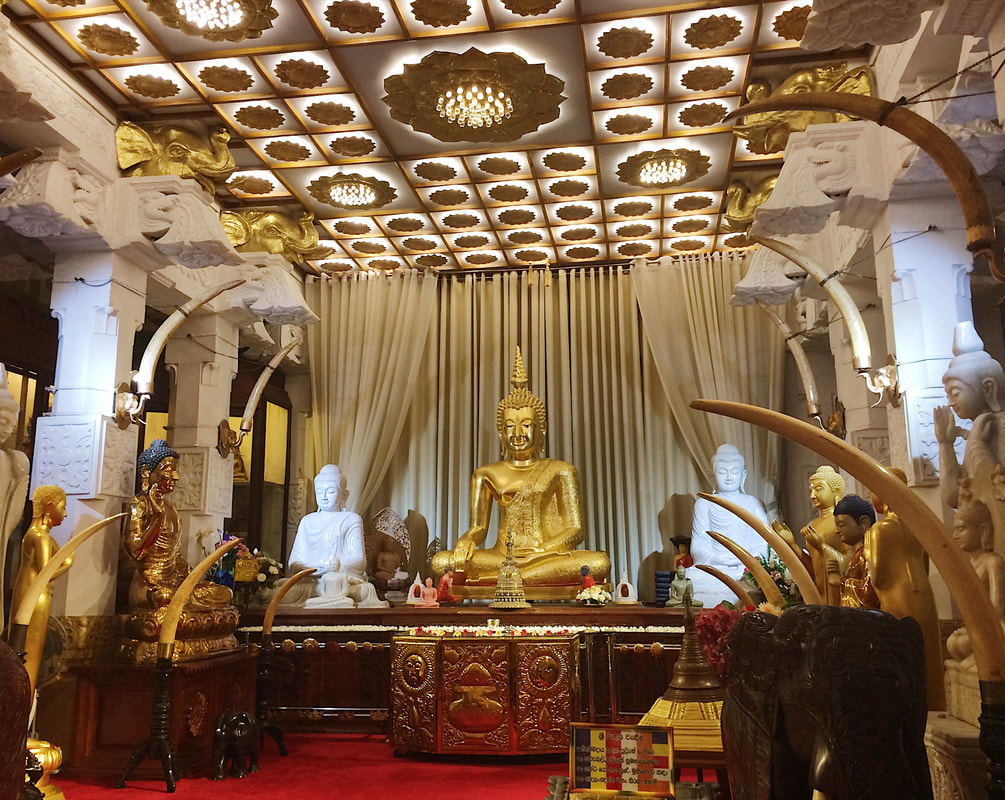
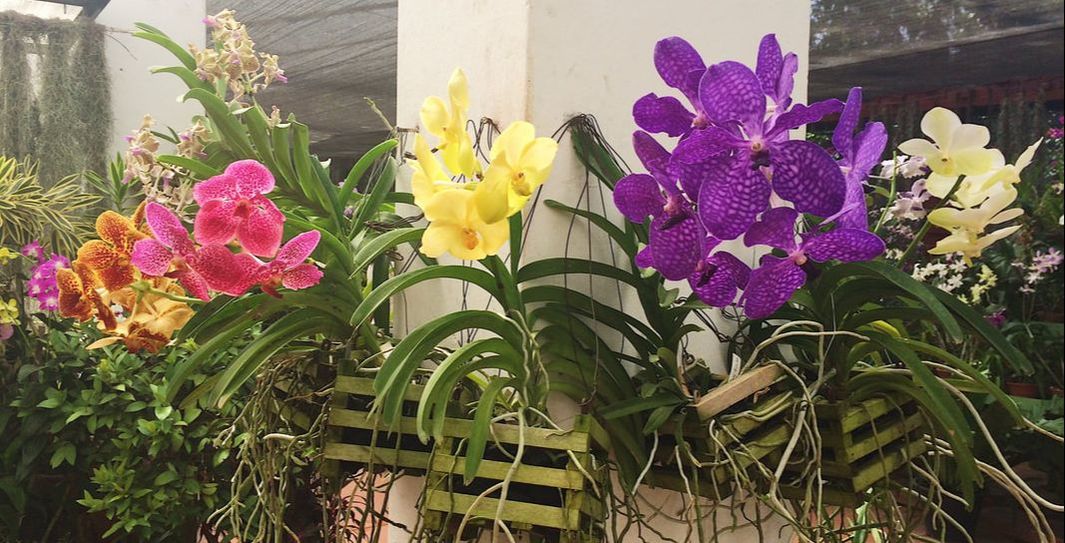
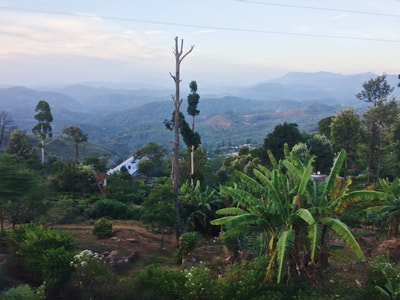
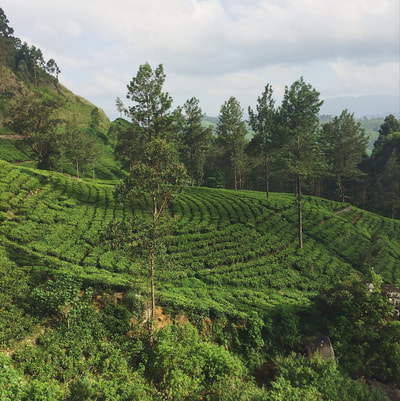
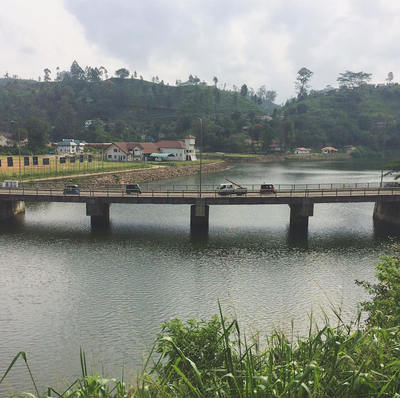
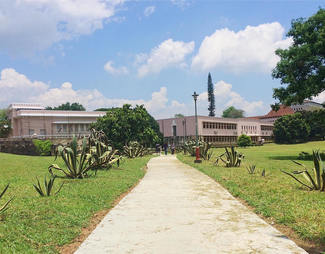

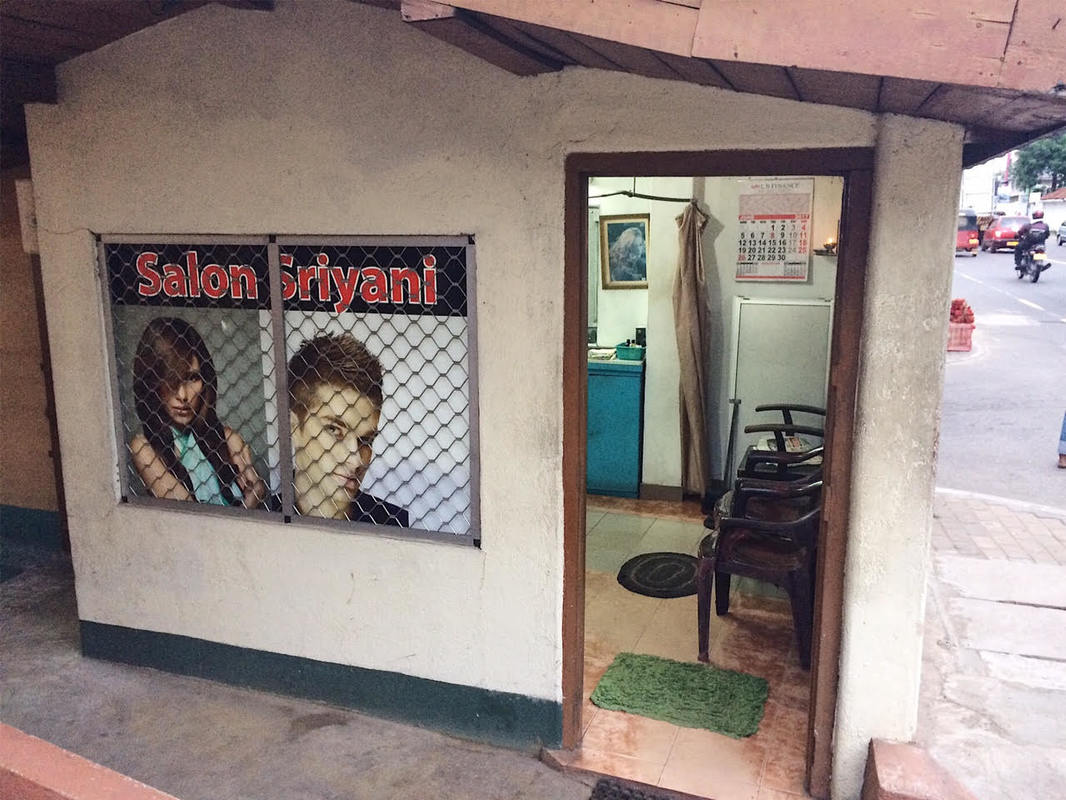
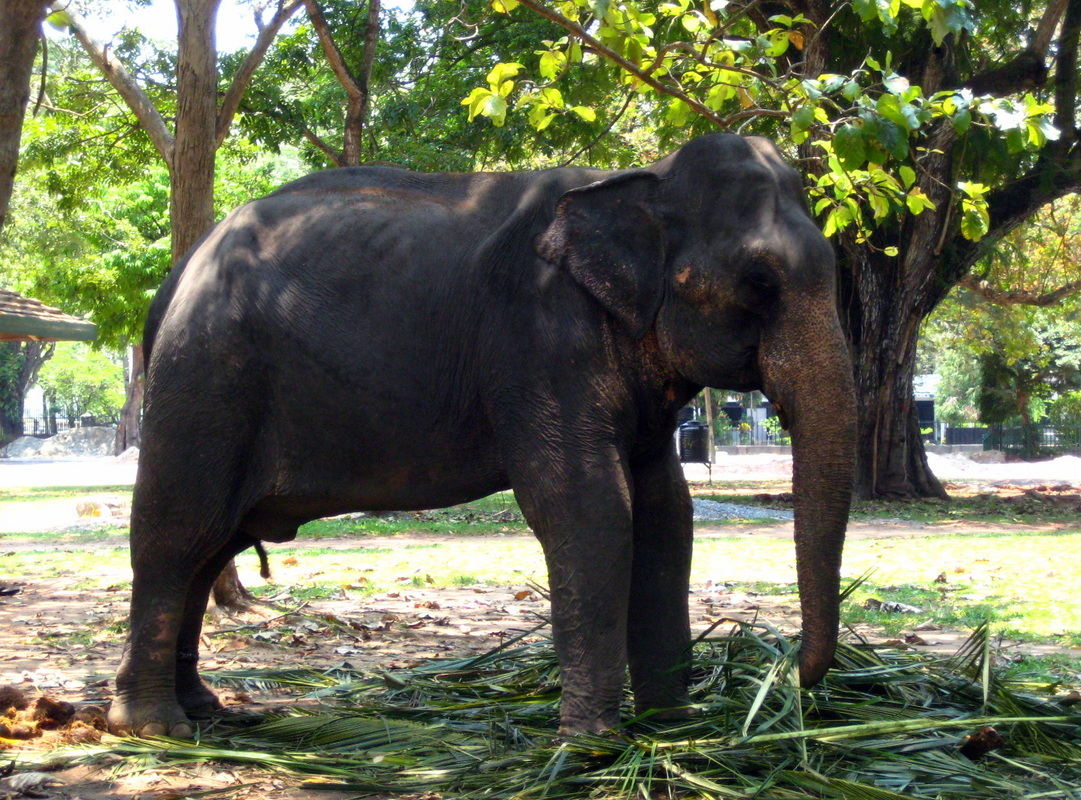
 RSS Feed
RSS Feed